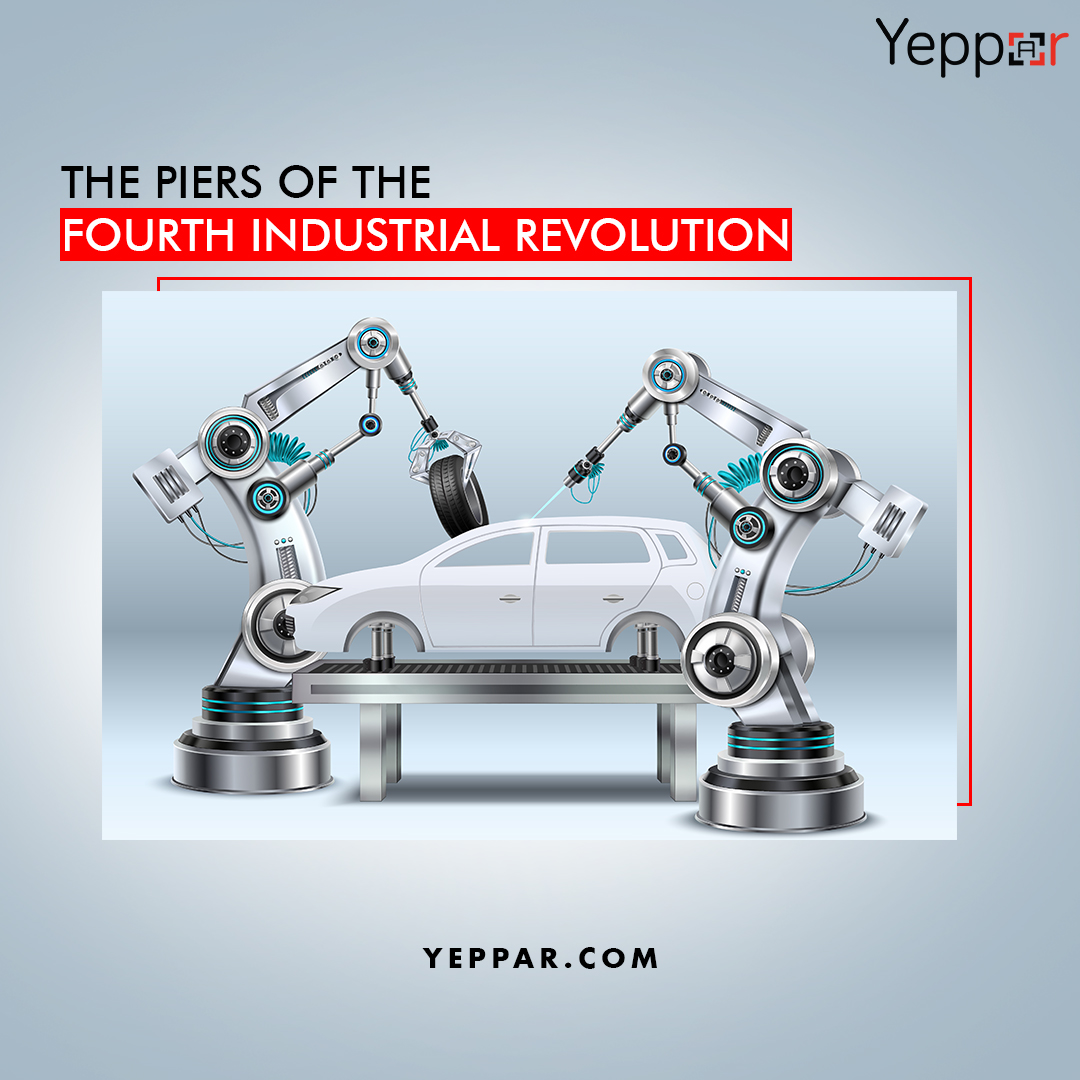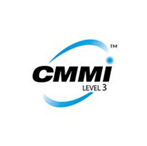Whilst the First Industrial Revolution opened the way for steam, the Fourth Industrial Revolution, also known as Industry 4.0, is all about digital transformation. Through rapid advancements in the technologies like Augmented Reality (AR), Cloud Computing, and the Internet of Things (IoT), the manufacturing domain is meteorically changing.

With more and more digital technologies being implemented in manufacturing and operations, there is undoubtedly an increase in the potential. By dint of connected machinery, the interaction and conceptualization of the production chain, and reaching onto decisions is done all automatically and independently.
The foundation of Smart Factory Industry 4.0 is set on eight major piers. These eight piers define the avant-garde technology that industrialists are implementing to enhance all the relevant fields of production activities. As the impact of the eight piers will come upon all the industries and societies unanimously, irrespective of whether you are concerned with the manufacturing industry or not, it is vital for you to fill in on these.
Augmented Reality
Augmented Reality is the technology that displays immersive content in the real world through a smartphone. As companies persistently look for innovative ways to uplift the production processes, AR has numerous potential when it comes to Industry 4.0 Technology.
Service: The service line-up prevents conjecture and saves time owing to AR devices. The technology provides significant data about equipment and machinery, for instance, prospective issues, maintenance plans, and machine service archives.
Health & Safety Training: Fresh recruits have minimal experience of working on heavy machinery, equipment, safety protocols, and procedures. Health & Safety Training makes sure young and inexperienced personnel understand all about the production processes eliminating the risks of accidents.
Logistics Simplified: Warehouses require manual inspection of stocks, shipments, and orders. Augmented Reality streamlines logistics through automated tasks, which in return reduces faults, and saves time and resources.
Internet of Things (IoT)
The Internet of Things refers to the approach of connecting and networking multiple devices with respect to the Fourth Industrial Revolution. When you think of IoT, smartphones, laptops, and tablets come into your mind. In addition to that, devices that enable data transmissions such as smart wearables, cars, or any other machinery, are in general top of mind.
In the Manufacturing sphere, IoT is referred to as the Industrial Internet of Things or IoT. In a Smart Factory, it elevates the efficiency and production processes by sticking sensors to machines & equipment and other tangible assets to collect information and for real-time analysis.
Cloud Computing
Data sharing and technology are the prime aspects of industries. Cloud Computing provides ascendable storage and intensifies computing power in Smart Factory Industry 4.0. Data availability and integrity are boosted through cloud computing. It also opens up the room for capabilities of disruptive technology, thus helping in the elimination of data issues. Centralizing information and providing a platform for open access and collaboration results in a great many industrial gains.
Structural Integration
The interconnectivity improvement aspect of Industry 4.0 in Manufacturing is not just related to equipment and machinery. The information network of a great many manufacturing companies is not yet completely integrated. Enhanced system integration increases the interconnections of a company both internally and externally. This ensues in more advanced manufacturing processes which in return enables instantaneous production alterations and a quick decision-making approach.
Big Data
The collection and analysis of data are what’s common among all these Smart Factory Industry 4.0 piers. There is a huge amount of data that is not yet fully utilized in the manufacturing industry. And we are just getting down to it. Manufacturing companies not only need to invest in building the infrastructure but also need to look for talent. In today’s market world, there are numerous companies that have incorporated Industry 4.0 technology. But the need to consistently develop and enhance the operations will only begin with people having state-of-the-art data analysis competence.
Automated Systems
Albeit, the manufacturing industry has already made huge developments regarding the autonomous aspect lately, it still has a great many undiscovered opportunities. Cooperative robots are opening up new possibilities for automation by bridging the gap between human workers and conventional robots. Monitoring and transmission of data and information become straightforward and faultless through cooperative robots as they are constructed to work just like human beings.
Simulation
Simulations utilize real-time information to captivatingly showcase the physical environment of product advancements and production operations in the digital world of a Smart Factory. Simulations must be implemented to run enhanced testing activities in order to optimize settings and various operations even before the production line begins. This ensues in quality up-gradation and downtime depletion.
Cybershield
Increasing interconnectivity often increases the risk of a prospective cyber-attack. As connectivity is established in the system, any security breach would affect all the relevant spheres of the business starting from supply chains to operational activities. In this scenario, it becomes imperative for businesses to create and consistently implement a strong information structure and product line to safeguard at times of a cyber-attack.
As we have discussed above, these eight piers of Industry 4.0 in Manufacturing are the key aspects of any organization. To keep a certain competitive advantage over others, it has become imperative to transform companies as per the Fourth Industrial Revolution. As an organization continues to grow and implement neoteric processes, Industry 4.0 Technology enhances the overall manufacturing operations.












